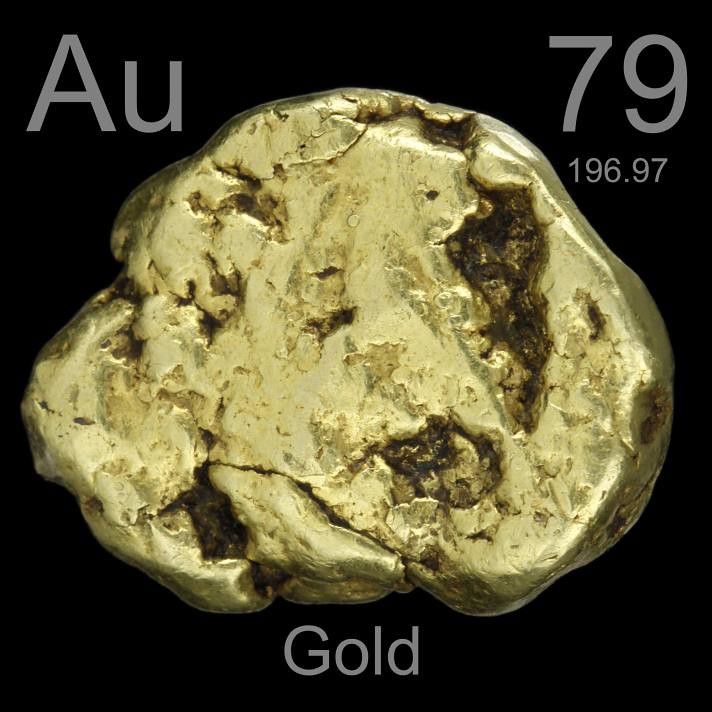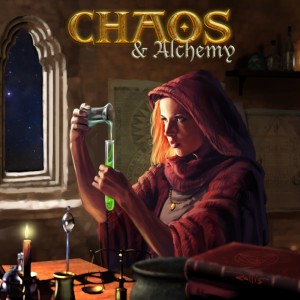Some folks say that we’re in a golden age of board games. So many creative designers and bold publishers are creating so annoy new and innovative games every year that there’s something for everyone.
Furthermore, the existence of Kickstarter has made it possible for people to publish a game without having to mortgage their homes or come up with a crazy amount of money some other way, taking a huge up front risk.
(Obligatory link to my ongoing Kickstarter campaign for Otters. Back to your regularly scheduled content now.)
With all of this interest in games out there, it’s a bit of a gold rush. So many designers see the chance to create the next Settlers of Catan or Ticket to Ride, and they put out their design pan and hope to find gold. If you’re in it for the love of designing games and the desire to just have your game played by people, then this is a great idea.

But what if you’re in it for money? If you want to make a profit in the board game business as an outsider, should you design and self-publish a game?
(Disclaimer: I, personally, am not in it for the money. Well, I wouldn’t complain if I made money. But you know what I mean.)
Let’s look at the real world gold rush. The conventional wisdom is that the people who really made money during the gold rush were the people who provided supplies and services to the miners – folks who sold tools, tents, clothing, whiskey, etc.
If the same logic were to hold true for the board game gold rush, what should you provide if you want to make money?
Crowdfunding platforms – okay, Kickstarter
The biggest one is a little bit obvious. In 2013, around $55 million dollars was pledged to successfully funded games in the tabletop category on Kickstarter. Sure, some of this went to role-playing games or miniatures games, but a lot of it went to traditional board games.
Kickstarter takes a 5% cut of all pledges to successful project. This means that Kickstarter pulled in close to $3 million in fees from tabletop game projects alone last year. Not too shabby!
Of course, that ship has largely sailed. Kickstarter has a powerful network effect, where project creators want to be on Kickstarter in particular because that’s where the backers are, and backers look for projects on Kickstarter because that’s where the projects are. It’s possible for a competitor to come along and eat Kickstarter’s lunch, but it’s probably not happening any time soon.
So where else can you look to make money on the gold rush?
Manufacturing
A big chunk of the money that board game project creators are getting is going into manufacturing the games themselves – printing cards, creating boards, crafting tokens and dice, etc.
Panda Games has done well for themselves in this area, establishing themselves as almost the default option for English-speaking game publishers who want to manufacture in China. They have English-speaking customer service staff based in Vancouver, and they’ve manufactured a ton of high-quality games with great components.
There are lots of other manufacturers out there as well, and this is an area that still has room for competition. If you’re more industrial than creative, you could explore becoming a game manufacturer. However, that’s a major undertaking.
Fulfillment / post-crowdfunding management / distribution
Most small game publishers aren’t thrilled about the prospect of having to actually ship out thousands of games to backers around the world, keeping straight all of the mailing addresses and add-ons and such.
This is where various fulfillment and other post-crowdfunding management services come into play. Companies like Game Salute and Impressions have various roles to play in getting games out there, whether to backers or to retailers. Again, another area where competition is possible.
Graphic design
If you design a game, sooner or later you’re going to need graphic design. A good graphic designer can help with:
- Card layout
- Board layout
- Iconography
- Logo design
- Rules layout
- Kickstarter page graphics
- And so on
If I were a talented graphic designer, I’d be tempted to set myself up as the go-to person for independently published board games. There’s not likely to be a massive payout, but there’s good, steady work with so many games entering the pipeline.


The trick is to educate designers that you need to PAY for graphic design work up front. I keep seeing people designing their first game asking where they can find a graphic designer who’s willing to work up front and then get paid if a Kickstarter campaign funds.
Designers: Stop doing that! Paying your graphic designer is one of those investments you have to make out of pocket up front, putting some of your own money on the line.
Okay, off the soapbox… for a moment
Illustration
I only separate this out from graphic design because they’re very different skill sets. Yes, some people do both graphic design and illustration, but I’ve run into more people who specialize in one or the other.
Illustration, perhaps even more than graphic design, can make or break a game on Kickstarter. If backers see great-looking art, a lot of them sign up on the spot (as long as the rest of the campaign isn’t a complete mess).

And just as with graphic design, game designers / publishers need to pay for whatever pre-Kickstarter illustrations they need up front. Yes, I know it’s expensive. Too bad. Commission enough art to give your backers the idea of what the overall game will look like, and then commission the rest after the campaign funds.
Anyway, a talented illustrator can find steady work in the board game field. There’s a lot of competition here, but there are opportunities for illustrators to stake their ground as “specializing in board game illustration” for sure.
Other stuff
There are probably other game-related peripheral businesses that could be profitable: Marketing, Kickstarter management, accounting, legal, etc. I don’t know as much about those, but the general idea is that if money is in motion (as with Kickstarter and board games), then there are business opportunities for people who can add value.
My take
As for me, I’m not in game design for the money. I have a good day job, and I want game design to be profitable but I don’t expect it to support my family. If I were looking for an income related to games, I would be considering one of these peripheral businesses.
You can make a steady income doing the less-celebrated work around the edges of the board game field, or you can try to dig for that rare gold nugget. Even though it’s less profitable, I’m going to keep on digging because I love game design.
Michael Iachini – Clay Crucible Games


